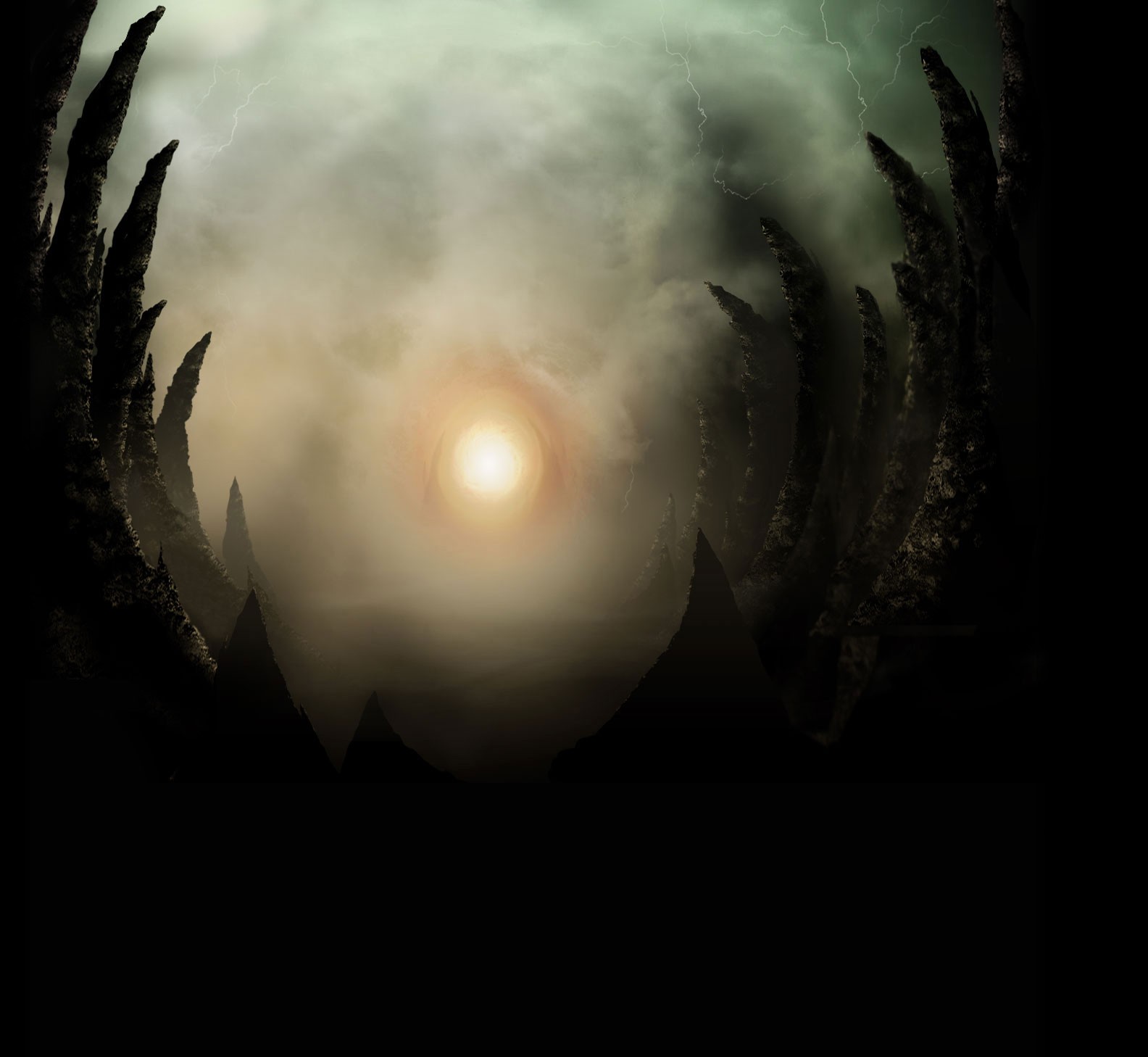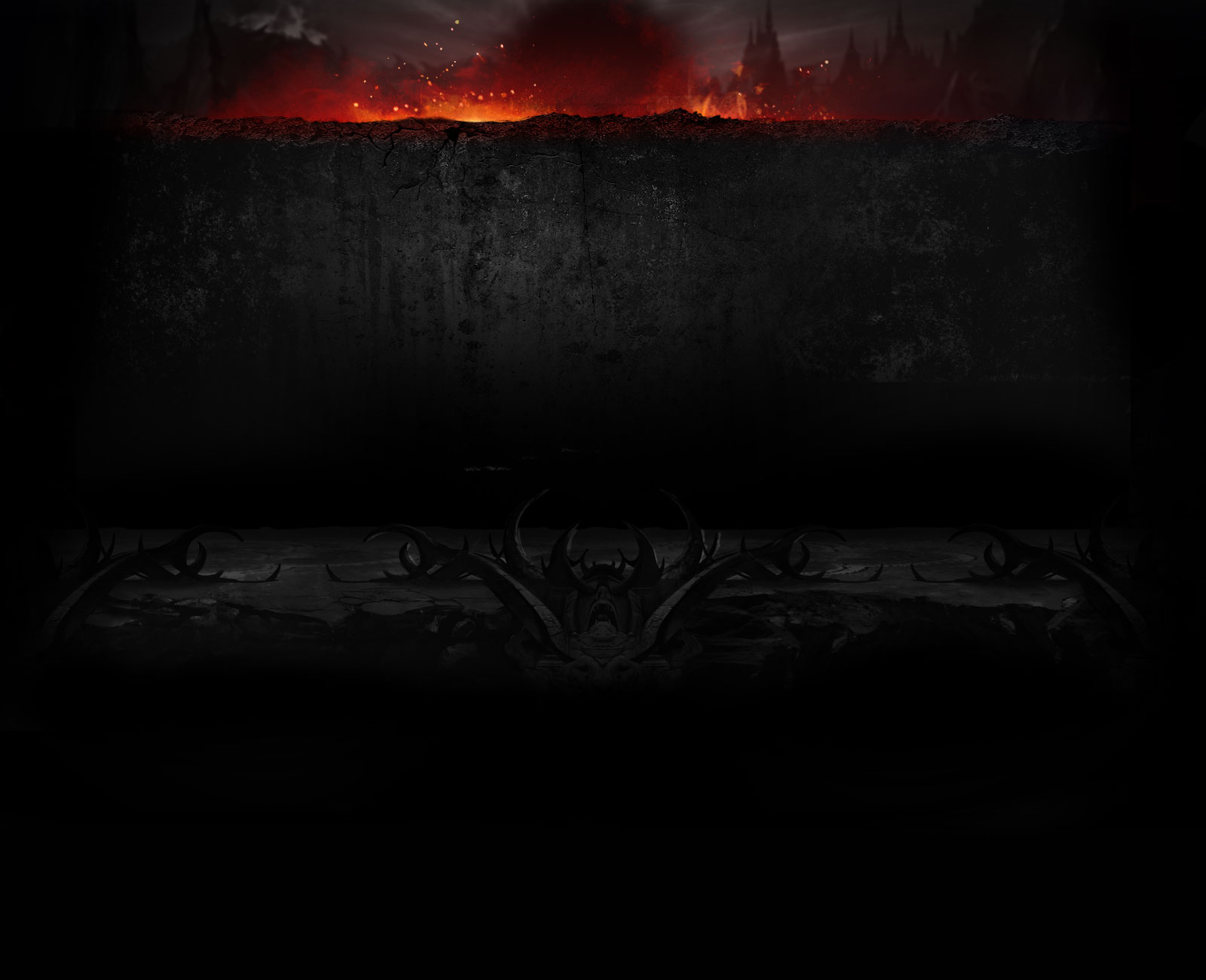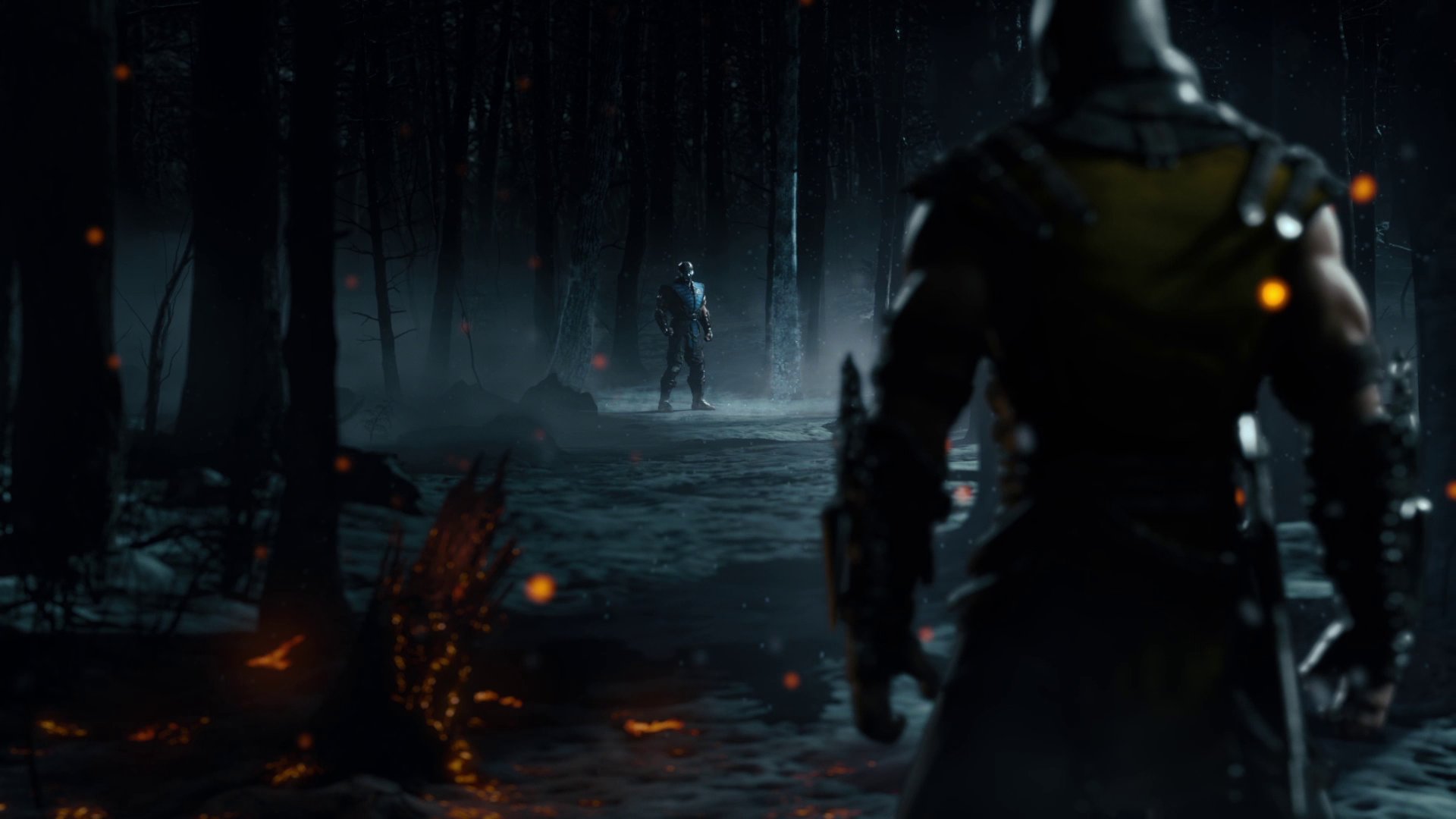archon
Noob
Giant Squid - Kabal
Shark - Kenshi, Kung Lao, Smoke, Sonya, Freddy
Dolphin - Jax, Kitana, Shang Tsung, Ermac, Sektor, Mileena
Giant Jelly - Cyrax
Killer Whale - Johnny Cage, Raiden
Piranha - Quan Chi
Fisherman - Reptile, Skarlet, Sub-Zero, Rain, Liu Kang
King Crab - Scorpion, Nightwolf, Cyber Sub-Zero, Sindel, Noob Saibot
Fish - Baraka, Stryker, Jade, Kano, Sheeva
The giant squid is a reverent subject unrivaled by all but the strongest creatures. Composed of a mantle, eight arms and two tentacles, the giant squid is longer but much lighter than its chief predators. Each arm and tentacle is divided into three regions - carpus, manus and dactylus; clustered with cups, these features make it easy to capture prey, drawing them toward the squid's beak and shredding them with its radula, a tongue with file-like teeth. Their length allows the squid occupy and control much space. Like other cephalopods, giant squid are propelled by jet and maintain neutral buoyancy in seawater. This genus, Architeuthis, knows worldwide distribution and shares similarities with the legendary Kraken, said to devastate the Atlantic North.
In the underwater world, sharks are apex predators — organisms at the top of their food chain. Their skeletons are composed of cartilage encouraging flexibility and decreased weight. Their fin construction allows them to advance with great speed but limits backward mobility. A sharks teeth are embedded in the jaw and are constantly replaced throughout life. Replacement teeth grow in a groove on the inside of the jaw and steadily move forward in comparison to a conveyor belt. Certain sharks have nictitating membranes which cover their eyes while hunting. Others roll their eyes backward for protection from striking prey. It is not only a shark's offensive capabilities but its ability to keep itself safe from attackers that makes it a frightening predator. Not all sharks are naturally aggressive, but their terrifying power and speed are often enough to overwhelm their prey before giving them an opportunity to counterattack.
Dolphins are among the most intelligent animals. While seemingly gentle and playful, they are strict carnivores and display bouts of aggression. Their fusiform body provides great stability and directional control allowing for fast swimming. Dolphins can tolerate and recover from extreme injuries, such as shark bites. The healing process is rapid and even very deep wounds do not cause dolphins to hemorrhage to death. Furthermore, gaping wounds restore in such a way that the animal's body shape is restored, and infection of such large wounds seems rare. Dolphins have varying feeding habits dependant on population and are willing to attack stronger predators to survive.
Giant jellyfish are confined to the cold boreal waters of the Arctic and Northern Atlantic and Pacific oceans. The largest specimen measured 120 feet and is considered among the largest known animals in the world. While the bell rarely spans larger than 8 feet in diameter, the giant jellyfish's tentacles can easily trail 100 feet. These extremely sticky tentacles are grouped into eight clusters, each cluster containing over 100 tentacles, arranged in a series of rows. Giant jellyfish remain close to the surface. Their slow pulsations weakly driving them forwards, and they depend on the current to travel great distances. Small jellyfish congregate in blooms. Formation is a complex process that depends on ocean currents, nutrients and prey availability, among other things; however, the conditions for congregation provide jellyfish the opportunity to survive virtually without competition. In normal circumstances, and in healthy individuals, their stings are not known to be fatal, but science has done little to remove the fear instilled by the sight of a full-length glowing giant jellyfish.
Killer whales or orca whales belong to the oceanic dolphin family. Killer whales as a species have a diverse diet, although individual populations often specialize in particular types of prey. Killer whales are regarded as apex predators and lack natural predators. The name "killer whale" maintains a long heritage, with genus "Orcinus" meaning, "of the kingdom of the dead." Orcus was a god of the underworld, punisher of broken oaths in Roman mythology. Killer whales have a heavy and robust body. The front teeth are inclined slightly forward and outward, thus allowing the killer whale to withstand powerful jerking movements from its prey while the middle and back teeth hold it firmly in place. Killer whales can induce tonic immobility in sharks and rays by holding them upside down, rendering them helpless and incapable of injuring the whale. Some sharks suffocate within about 15 minutes while the whale holds them still, because these sharks need to move to breathe. The killer whale's large size and strength make it among the fastest marine mammals, able to reach speeds in excess of 30 knots (56 km/h). Killer whales have good eyesight above and below the water and sophisticated echolocation abilities, detecting the location and characteristics of prey and other objects in their environment. Killer whales have the second-heaviest brains among marine mammals, able to study behavior and imitate other whales. They possess great problem-solving abilities. For example, Alaskan killer whales have not only learned how to steal fish from longlines, but have overcome a variety of techniques designed to stop them, such as the use of unbaited lines as decoys.
The omnivorous pirahna operates both as a predator and scavenger. Though their small jaw makes them a mild threat, schools of piranhas can reduce much larger predators to instant skeletons. As such, piranhas mostly travel in schools for their own protection. While their voracious appetite is undeniable, piranhas' strength comes in numbers; individual pirahnas are uncommonly kept in aquariums as pets.
For millenia, man has hunted in regions not limited to land but sea and sky. Freshwater resevoirs sustained communities and larger commercial vessels conquered the deep. Still, the ocean is not man's natural habitat. Weather, unpredictability, and fatigue threaten any attempt to venture in dangerous waters. Much preparation is required to brave open waters and return safely.
Crabs are covered in a thick exoskeleton and armed with a single pair of chelae, or claws. The king crab benefits from a larger size and spires protruding from its carapace. Different types of crabs benefit from different mobility, some able to walk forward and backward in addition to sideways, with some able to swim. Crabs demonstrate complex behavioral patterns, acting aggressively but mostly scavenging food as available. Crabs themselves are eaten as with other shellfish and go great with heavy butter and a dark beer.
This list is for entertainment purposes only. I do not encourage any TYM members to fish for sharks or giant jellies or try to boil a king crab without taping its pincers. While fish contain valuable Omega-3 fatty acids, eating only filet-o-fish can be damaging to your health.
Shark - Kenshi, Kung Lao, Smoke, Sonya, Freddy
Dolphin - Jax, Kitana, Shang Tsung, Ermac, Sektor, Mileena
Giant Jelly - Cyrax
Killer Whale - Johnny Cage, Raiden
Piranha - Quan Chi
Fisherman - Reptile, Skarlet, Sub-Zero, Rain, Liu Kang
King Crab - Scorpion, Nightwolf, Cyber Sub-Zero, Sindel, Noob Saibot
Fish - Baraka, Stryker, Jade, Kano, Sheeva
The giant squid is a reverent subject unrivaled by all but the strongest creatures. Composed of a mantle, eight arms and two tentacles, the giant squid is longer but much lighter than its chief predators. Each arm and tentacle is divided into three regions - carpus, manus and dactylus; clustered with cups, these features make it easy to capture prey, drawing them toward the squid's beak and shredding them with its radula, a tongue with file-like teeth. Their length allows the squid occupy and control much space. Like other cephalopods, giant squid are propelled by jet and maintain neutral buoyancy in seawater. This genus, Architeuthis, knows worldwide distribution and shares similarities with the legendary Kraken, said to devastate the Atlantic North.
In the underwater world, sharks are apex predators — organisms at the top of their food chain. Their skeletons are composed of cartilage encouraging flexibility and decreased weight. Their fin construction allows them to advance with great speed but limits backward mobility. A sharks teeth are embedded in the jaw and are constantly replaced throughout life. Replacement teeth grow in a groove on the inside of the jaw and steadily move forward in comparison to a conveyor belt. Certain sharks have nictitating membranes which cover their eyes while hunting. Others roll their eyes backward for protection from striking prey. It is not only a shark's offensive capabilities but its ability to keep itself safe from attackers that makes it a frightening predator. Not all sharks are naturally aggressive, but their terrifying power and speed are often enough to overwhelm their prey before giving them an opportunity to counterattack.
Dolphins are among the most intelligent animals. While seemingly gentle and playful, they are strict carnivores and display bouts of aggression. Their fusiform body provides great stability and directional control allowing for fast swimming. Dolphins can tolerate and recover from extreme injuries, such as shark bites. The healing process is rapid and even very deep wounds do not cause dolphins to hemorrhage to death. Furthermore, gaping wounds restore in such a way that the animal's body shape is restored, and infection of such large wounds seems rare. Dolphins have varying feeding habits dependant on population and are willing to attack stronger predators to survive.
Giant jellyfish are confined to the cold boreal waters of the Arctic and Northern Atlantic and Pacific oceans. The largest specimen measured 120 feet and is considered among the largest known animals in the world. While the bell rarely spans larger than 8 feet in diameter, the giant jellyfish's tentacles can easily trail 100 feet. These extremely sticky tentacles are grouped into eight clusters, each cluster containing over 100 tentacles, arranged in a series of rows. Giant jellyfish remain close to the surface. Their slow pulsations weakly driving them forwards, and they depend on the current to travel great distances. Small jellyfish congregate in blooms. Formation is a complex process that depends on ocean currents, nutrients and prey availability, among other things; however, the conditions for congregation provide jellyfish the opportunity to survive virtually without competition. In normal circumstances, and in healthy individuals, their stings are not known to be fatal, but science has done little to remove the fear instilled by the sight of a full-length glowing giant jellyfish.
Killer whales or orca whales belong to the oceanic dolphin family. Killer whales as a species have a diverse diet, although individual populations often specialize in particular types of prey. Killer whales are regarded as apex predators and lack natural predators. The name "killer whale" maintains a long heritage, with genus "Orcinus" meaning, "of the kingdom of the dead." Orcus was a god of the underworld, punisher of broken oaths in Roman mythology. Killer whales have a heavy and robust body. The front teeth are inclined slightly forward and outward, thus allowing the killer whale to withstand powerful jerking movements from its prey while the middle and back teeth hold it firmly in place. Killer whales can induce tonic immobility in sharks and rays by holding them upside down, rendering them helpless and incapable of injuring the whale. Some sharks suffocate within about 15 minutes while the whale holds them still, because these sharks need to move to breathe. The killer whale's large size and strength make it among the fastest marine mammals, able to reach speeds in excess of 30 knots (56 km/h). Killer whales have good eyesight above and below the water and sophisticated echolocation abilities, detecting the location and characteristics of prey and other objects in their environment. Killer whales have the second-heaviest brains among marine mammals, able to study behavior and imitate other whales. They possess great problem-solving abilities. For example, Alaskan killer whales have not only learned how to steal fish from longlines, but have overcome a variety of techniques designed to stop them, such as the use of unbaited lines as decoys.
The omnivorous pirahna operates both as a predator and scavenger. Though their small jaw makes them a mild threat, schools of piranhas can reduce much larger predators to instant skeletons. As such, piranhas mostly travel in schools for their own protection. While their voracious appetite is undeniable, piranhas' strength comes in numbers; individual pirahnas are uncommonly kept in aquariums as pets.
For millenia, man has hunted in regions not limited to land but sea and sky. Freshwater resevoirs sustained communities and larger commercial vessels conquered the deep. Still, the ocean is not man's natural habitat. Weather, unpredictability, and fatigue threaten any attempt to venture in dangerous waters. Much preparation is required to brave open waters and return safely.
Crabs are covered in a thick exoskeleton and armed with a single pair of chelae, or claws. The king crab benefits from a larger size and spires protruding from its carapace. Different types of crabs benefit from different mobility, some able to walk forward and backward in addition to sideways, with some able to swim. Crabs demonstrate complex behavioral patterns, acting aggressively but mostly scavenging food as available. Crabs themselves are eaten as with other shellfish and go great with heavy butter and a dark beer.
This list is for entertainment purposes only. I do not encourage any TYM members to fish for sharks or giant jellies or try to boil a king crab without taping its pincers. While fish contain valuable Omega-3 fatty acids, eating only filet-o-fish can be damaging to your health.















